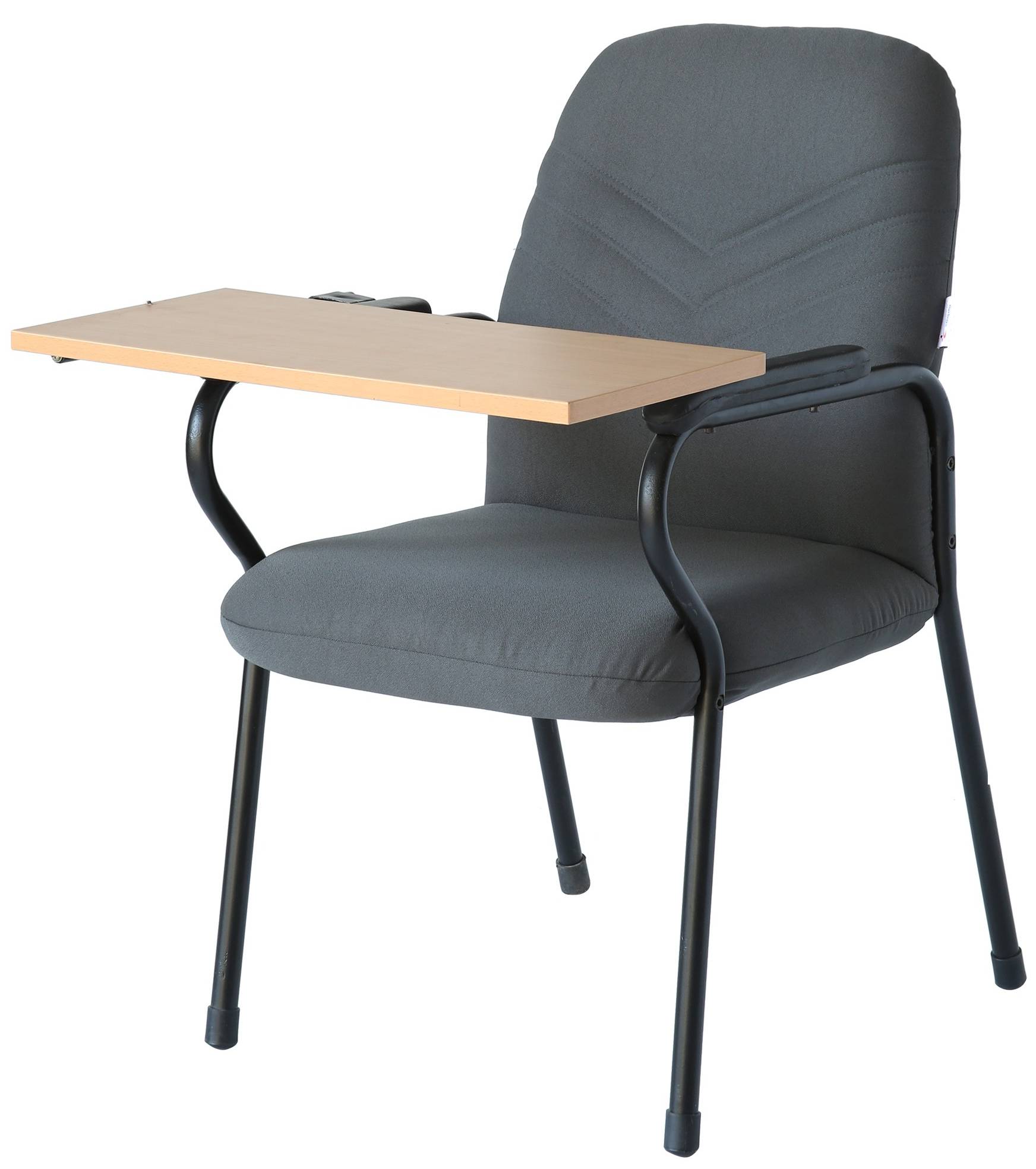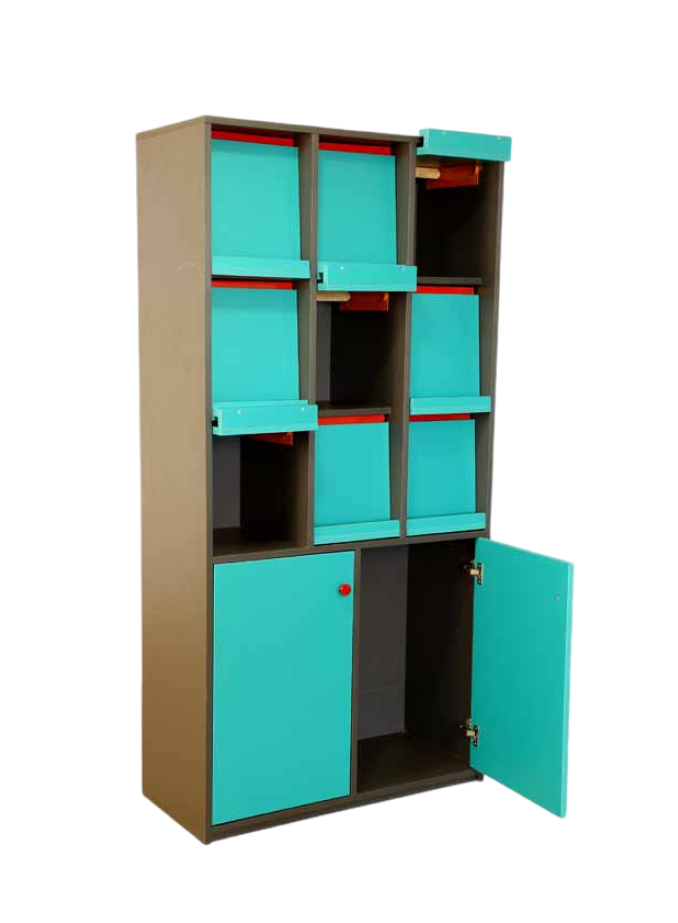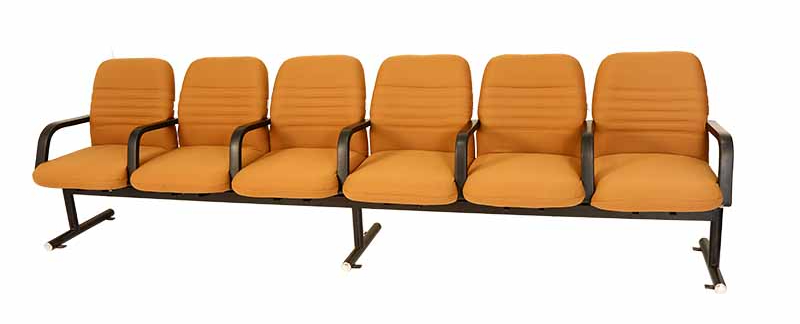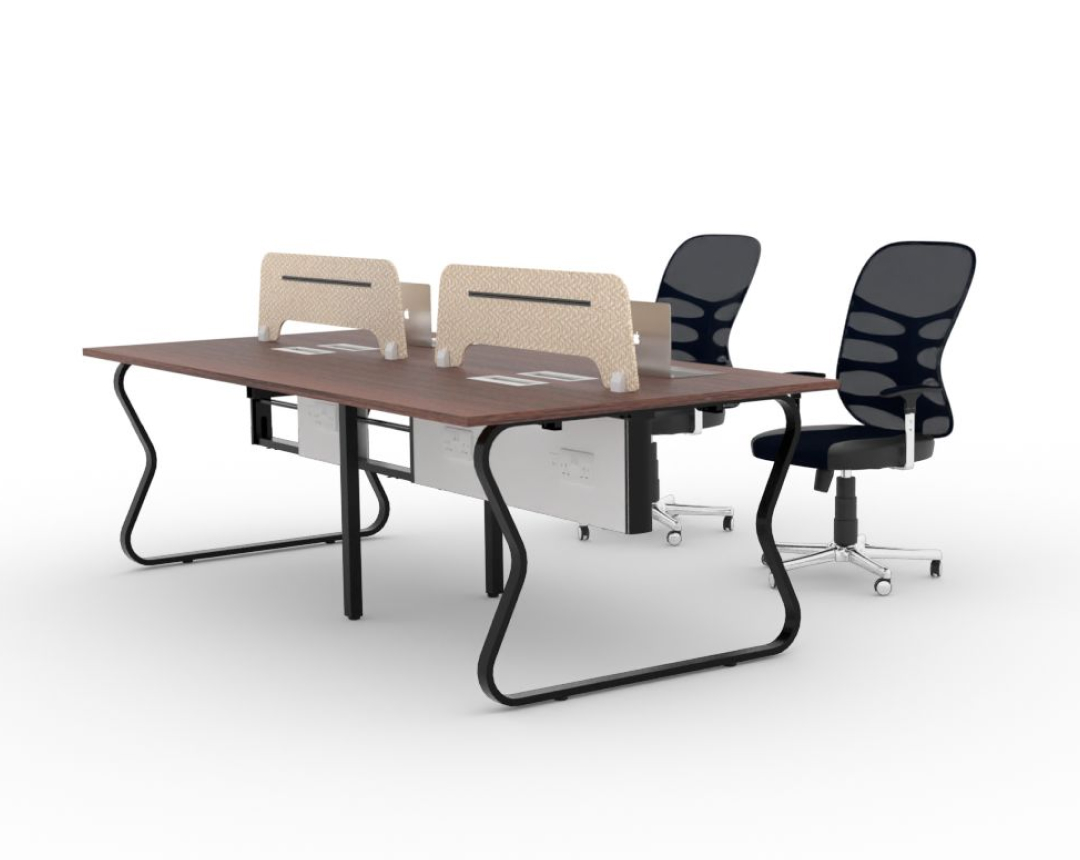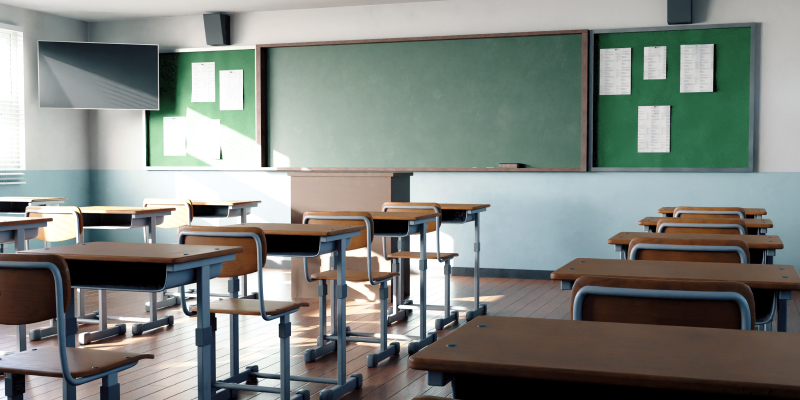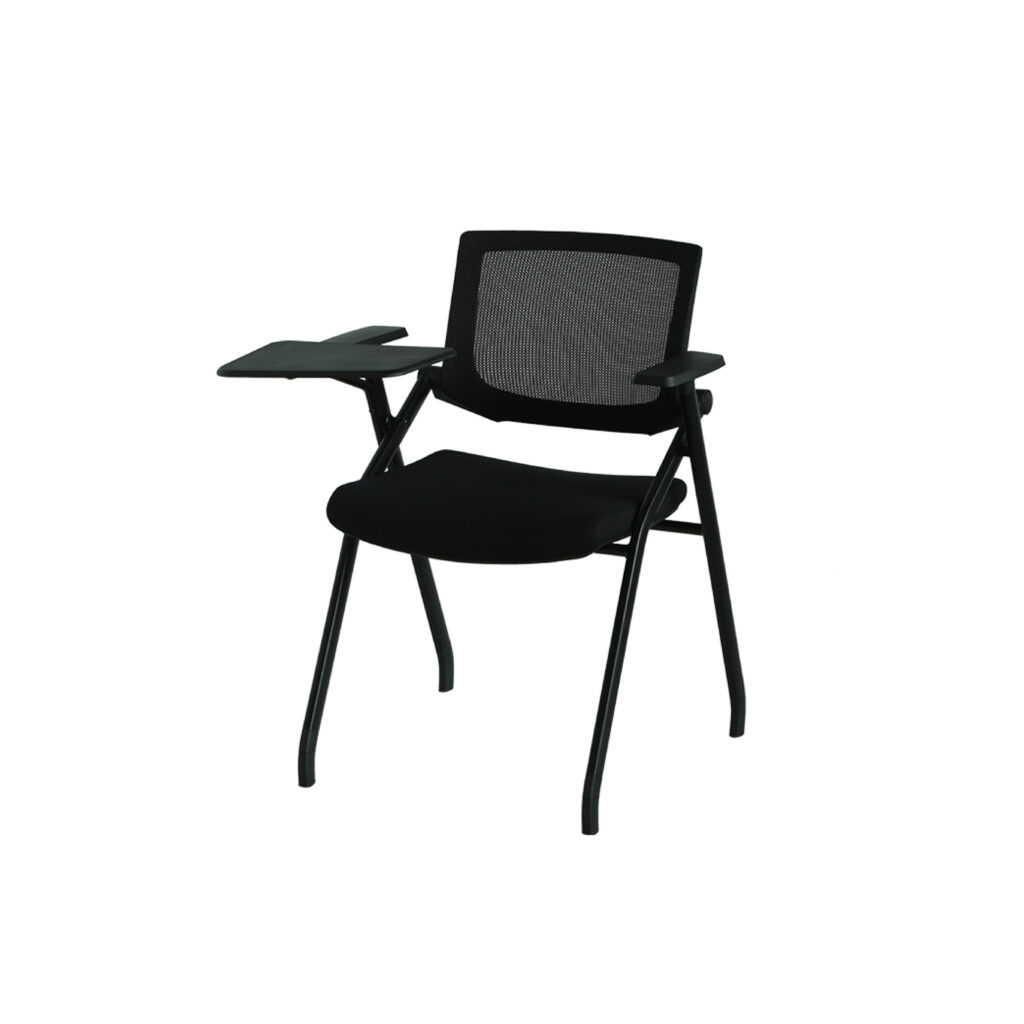As educational demands shift towards agile, innovative skills, traditional education systems still struggle with outdated furniture that hinders 21st-century learning needs.
School furniture isn’t just about seats and desks anymore. This gap between emerging requirements and static environments calls for immediate attention.
For schools, updating furniture isn’t merely logistical—it’s strategic.
School classroom furniture with modern designs promotes collaboration over isolation:
- Mobile desks help create teamwork zones.
- Height-adjustable chairs are ideal for individual tasks.
With the right setup, students shift from discomfort to brainstorming.
Classroom Furniture and Student Performance: Advantages
Classroom furniture and student performance share an unbreakable bond. Properly designed setups create immersive experiences where comfort meets functionality, sparking engagement that transforms passive listeners into proactive learners. Let’s now dive into the benefits of comfortable classroom furniture.
Promotes Physical Health and Improves Focus
Modern collaborative learning spaces require ergonomic design because furniture directly impacts student well-being. Ergonomic chairs and desks prioritise natural body mechanics through:
- Height-adjustable supports to maintain neutral spinal positions.
- Contoured seating to encourage dynamic posture shifts.
- Footrest-compatible designs for proper leg alignment.
Non-ergonomic furnishings trigger a chain reaction. Static seating strains developing muscles, while rigid surfaces restrict blood flow.
However, students have reported improved concentration when switching to ergonomic seating and desks. They accommodate growth spurts without costly replacements. Moreover, pivoting chairs facilitate natural movement between activities. As a result, schools implementing them note fewer distractions from physical discomfort.
The link between classroom furniture and student learning is measurable. Schools investing in ergonomic changes see average test score improvements. Comfortable support means students focus on their studies, not discomfort.
Prioritise furniture that allows five postural transitions every hour:
- Recline chairs (for reading).
- Upright chairs (for tests).
- Lean-forward chairs (for group tasks).
Also Read: The Ultimate Guide to Maintaining & Protecting Classroom Furniture
Enables Collaboration and Active Learning
While traditional desks can be temporarily rearranged, classroom furniture designed for flexibility enables collaboration through team-oriented configurations—a critical factor shaping classroom furniture and student performance.
Lightweight modular pieces transform passive learning into interactive experiences through rapid format changes from individual tasks to small-group brainstorming. Flexible seating arrangements act as engagement multipliers.
Benefits include:
- Mobile chairs on castors enable spontaneous discussion circles within 45 seconds.
- Sculpted trapezoid tables guide 3–5 students into natural collaboration arcs.
- Height-adjustable “huddle boards” double as standing workstations or presentation screens.
When students can fluidly shift between group work formations and teacher-led discussions without furniture limitations, lesson momentum accelerates. Introduce “activity zones” marked by modular furniture types—think hexagonal debate tables near vertical whiteboards, with mobile stools for quick rotations between stations.
Supports All Learners
Inclusive design revolutionises our education systems through purposeful accessibility, creating environments where diverse pupils thrive collectively rather than individually.
When students physically interact with their workstation’s parameters effortlessly, academic participation becomes truly equitable through intentionally inclusive classroom furniture specifications designed for modern educational needs.
Four key principles shape effective integration:
- Universal accessibility for students using mobility devices.
- Multi-sensory surfaces stimulating tactile engagement.
- Zoned calming areas with dimmable lighting.
- Strategic placement of sensory tools like textured mats.
Educators increasingly prioritise furniture arrangements promoting learner agency through movement-supportive solutions:
- Wobble stools prove invaluable for fidget-focused students.
- Cushioned reading nooks assist overstimulated pupils.
- Height-adjustable desks eliminate barriers for wheelchair users and accommodate varied growth patterns.
Such adjustable furniture options demonstrate why schools now link physical accommodations with cognitive accessibility.
Improves Classroom Organisation
Efficient storage and organisation solutions, such as accessible cabinets, reduce classroom clutter while boosting student engagement and productivity—a critical link between classroom furniture and student performance. Think of it this way: when every notebook and pencil has a designated home, your students focus more on quadratic equations than scavenger hunts.
Ample storage units like mobile cabinets or cubbies transform chaos into order through:
- Labelled compartments that train responsibility learning through daily routines.
- Dust-free display spaces showcasing collaborative projects.
- Dedicated zones for tech equipment minimising cable clutter.
The result? Schools integrating storage-smart designs see higher task completion rates. Now, that’s furniture functioning beyond its form.
By prioritising organisation-first classroom furniture for your school, you create distraction-resistant zones where students stay focused and engaged.
Prioritise Effective Classroom Furniture for Enhanced Learning
The importance of school furniture is undeniable. It plays a significant role in the effectiveness of student learning. By investing in high-quality furniture, you are making a valuable investment in your students’ future.
Choosing the right classroom furniture involves thoughtful consideration of ergonomics, accessibility, and collaborative spaces. By prioritising comfortable furniture, ensuring proper sizing, and incorporating flexible options, schools can create optimal learning environments.
Ready to witness this impact firsthand? At Inspace School Furniture, one of Chennai’s leading classroom furniture suppliers, we offer a wide range of furniture options for all classrooms—from kindergarten to higher secondary schools. Our team understands that every learning space is unique. That’s why we excel in creating premium-quality customised classroom furniture tailored to your specific requirements.
Want to equip your classrooms with customised furniture that fuels learning? Get in touch with us to discuss your customisation requirements.


